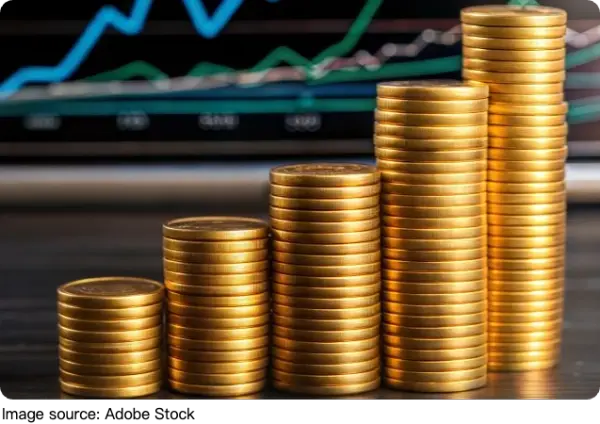Money Tells All

Hey Lykkers! Ever look at the different coins and bills in your wallet (or the digital balance on your phone) and just see… money?
What if I told you that each unit of currency is like a tiny window into the vast, complex machine of the global economy?
It's true! You don't need a finance degree to get a sense of how the world's money works. You just need to know what to look for in your everyday life. Let's explore five simple ways to see the global economy in action.
1. The Supermarket World Tour: Your Grocery Cart is an Import Report
Next time you're shopping, play a game: how many countries are in your cart?
That avocado from Mexico, the coffee from Colombia, the smartphone in your pocket assembled in Vietnam—your grocery haul is a direct snapshot of global trade.
Does Bathing At Night Trigger Hidden Risks For Rheumatic Health? Find Out Now!
Are Popular Diet Beliefs Helping Health Or Harming It? Shocking Facts Await You!
Are You Missing The Hidden Signs Of Thalassemia? Learn The Shocking Clues Now!
Are Hemorrhoids More Common Than You Think? What Silent Signs Should Be Feared?!
What Are The Signs Of Aseptic Meningitis? See Which Symptoms Signal Trouble And How Treatment Helps Fast!
Confused Between GERD And Gastritis? Learn The Key Differences That Could Change Your Health Fast!
When you see prices for these imported goods creep up, it's often a sign of bigger global trends. A drought in Brazil can affect coffee harvests, raising prices worldwide. Shipping delays or tariffs can make imported goods more expensive.
2. Your Vacation Budget: The Currency Exchange Rate Reality Check
Planning a trip abroad? The exchange rate is your first economic lesson.
Why is your dollar, euro, or yen strong in one country but weak in another? This rate is a direct report card on a country's economic health.
A strong currency, making your money go further overseas, often indicates that international investors have confidence in that country's economy, with stable growth and low inflation. A weak currency might mean the opposite, but it can also make a country's exports cheaper and more attractive.
3. The "Made In" Label: A Story of Global Supply Chains
Take a minute and check the tags on your clothes and the box of your electronics.
You'll likely see a world map of manufacturing: Vietnam, Bangladesh, Mexico. This simple label tells the story of globalization.
Why are things made where they are? It comes down to labor costs, expertise, and trade agreements. When a conflict or a pandemic disrupts a key manufacturing hub, we see product shortages and price hikes everywhere else. This shows how reliant we are on a complex, global network.
4. The Price of Fuel: The World's Most Powerful Commodity
Almost everyone feels it when gas prices go up.
The cost of fuel is one of the most transparent windows into global commodity markets. It's affected by decisions made by OPEC (the Organization of the Petroleum Exporting Countries), global demand from industries and consumers, and geopolitical tensions.
When fuel is expensive, it costs more to transport all those goods from our "Supermarket World Tour," which raises prices across the board. Tracking gas prices helps you understand the flow of one of the world’s most critical resources.
5. Your Digital Wallet: The Cashless Revolution
When was the last time you used physical cash?
The rapid shift toward digital payments (like Alipay) is a huge global economic trend. Country like Sweden is leading the way toward becoming cashless societies.
This shift changes everything: it makes transactions more efficient, gives central banks new tools, and raises questions about privacy and financial inclusion for those who rely on cash.
Dr. Leora Klapper, Lead Economist at the World Bank, writes: "Digital financial services lower the cost and increase the security of sending, paying and receiving money."

You're Already an Economist, Lykkers!
See? You were already interacting with the global economy without even realizing it. By paying a little more attention to the story behind your money, the products you buy, and the prices you pay, you can become more informed about the forces that shape our world.
Stay curious!

 · News team
· News team